I’m a big fan of people using password managers, but I also suggest writing down your master password and other important information onto an emergency sheet.
I suggest storing this sheet somewhere safe in your home.
This is great advice and all, but what if you want to be able to tell if someone has seen the sheet or messed with it? Maybe you would like to know if someone tampered with it? That is what this post is all about, giving your emergency sheet a tamper seal while doing it cheaply and easily.
Grab A Envelope
If you haven’t done so already, create your emergency sheet here.
Then grab an envelope, I’m using a security envelope, but a regular envelope will work, and I’ll explain in a bit why. The goal of this whole thing is to use items that most people have or can easily get, plus be as affordable as possible.
You could even reuse the return envelops you get from bills or junk mail offers as to hide the contents even further.
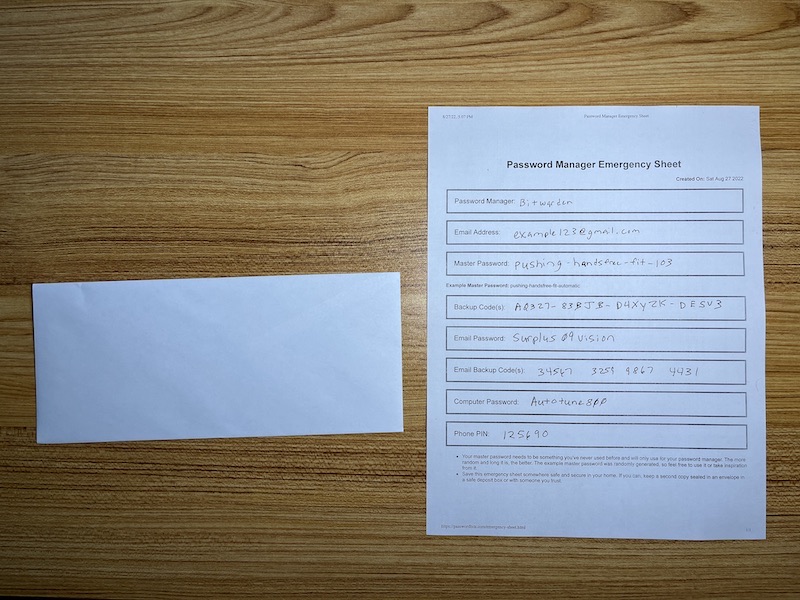
Fold the emergency sheet to fit in the envelope, but don’t put it in the envelope just yet, we need light protection.
Add Light Protection
The reason I said it didn’t matter if you used a security envelope or not is because they’re not perfect. If you shine a light behind the envelope you can see some of the words and this is not what we want.
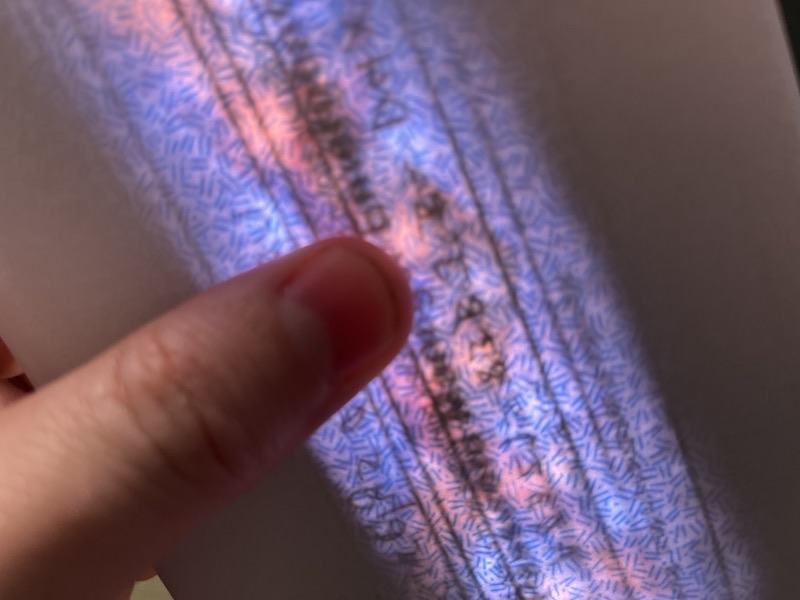
It’s certainly better than not having it, but we can do better and get away with using a cheaper envelope.
What I did is find an old magazine we were throwing away and found a page that was mostly black and cut it to size.
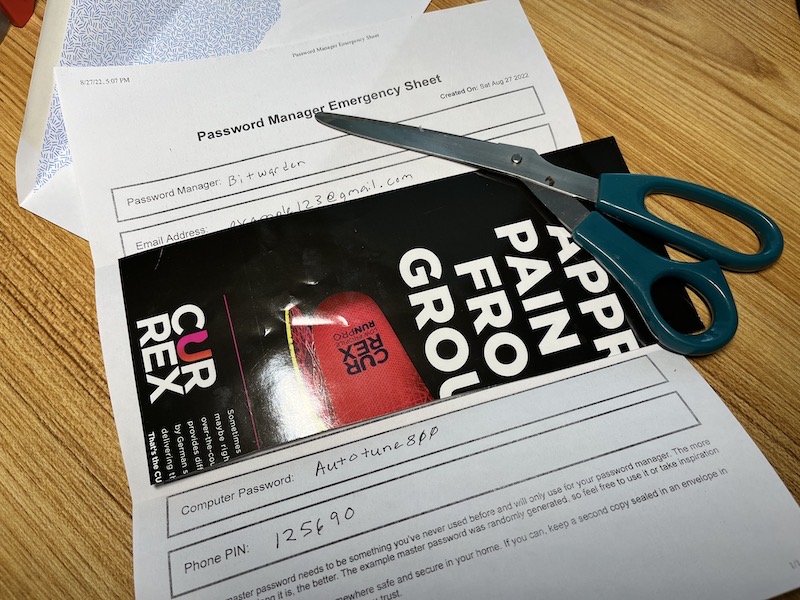
You don’t need the whole page, just enough to cover the middle section, as it will block the other info when a light is shown through.
The best option is to use tinfoil or aluminum foil you have in your kitchen, as pointed out by GTC in the comments of this post! It’s cheap, easy and plentiful! It will also work as a simple Faraday cage if you have a 2FA key that uses NFC that you also keep in the envelope.
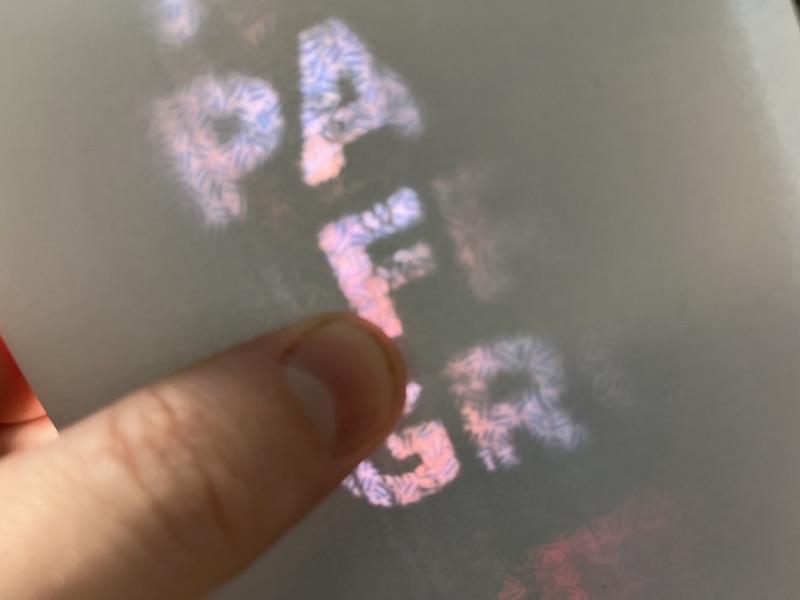
As you can see from above, the magazine blocks a lot of the light from leaking the words on our emergency sheet. One perk of using a magazine is that if someone does snoop, they’ll mostly see the words of the magazine and be thrown off and not bother opening it, so use this to your advantage.
This step may be overkill for most people, but doing it is not hard, and you can reuse the cutout if you need to update the sheet.
Tape It Up
The last step, and probably the most important, you need to tape up the envelope.
What tape you use matters, you want to use packing tape. Packing tape works perfect because it’s very sticky and removing it will destroy the envelope. Packing tape works as a tamper tape, but it’s easier to get. Packing tape is the clear tape that is used to seal up cardboard boxes for shipping.
You can get tamper tape here (Ad) if you want to use that instead.
Below is the packing tape I use that can be found in just about any Walmart, office supply store, or even home improvement store.
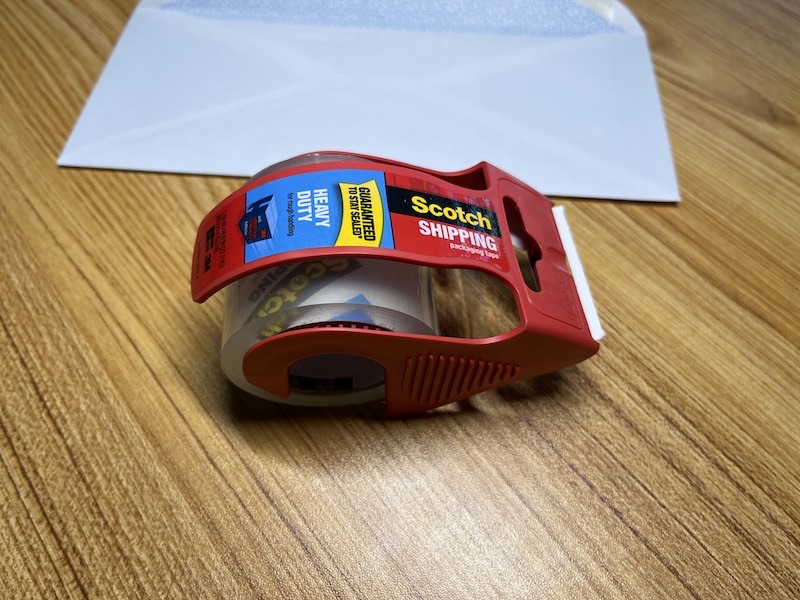
I put down two strips of the packing tape, you want to cover all the seams of the envelope. The more tape you put on it, the better the protection and more likely you’ll see someone “break the seal”. You can also lick the envelope’s flap beforehand, if you like.
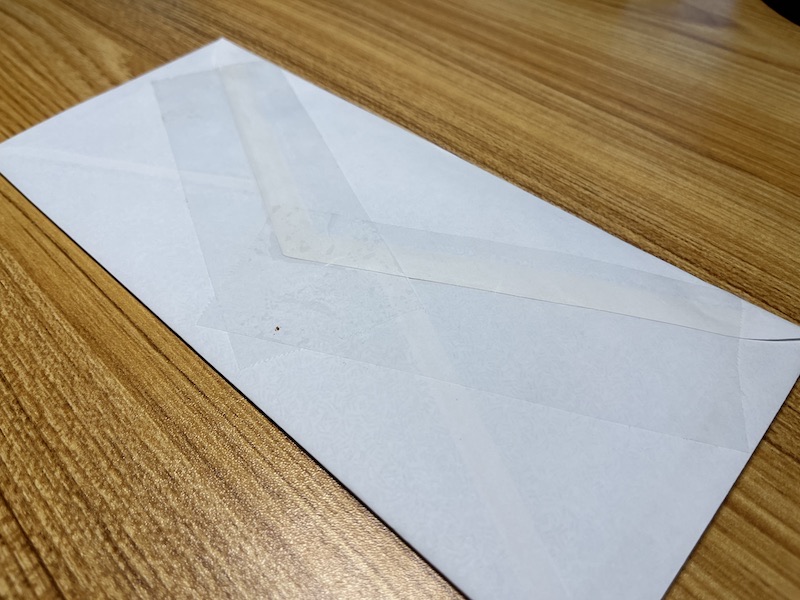
If someone tries to remove the packing tape, it tears and pull the paper with it, as shown below. The more tape you use, the more it tears when removing it.
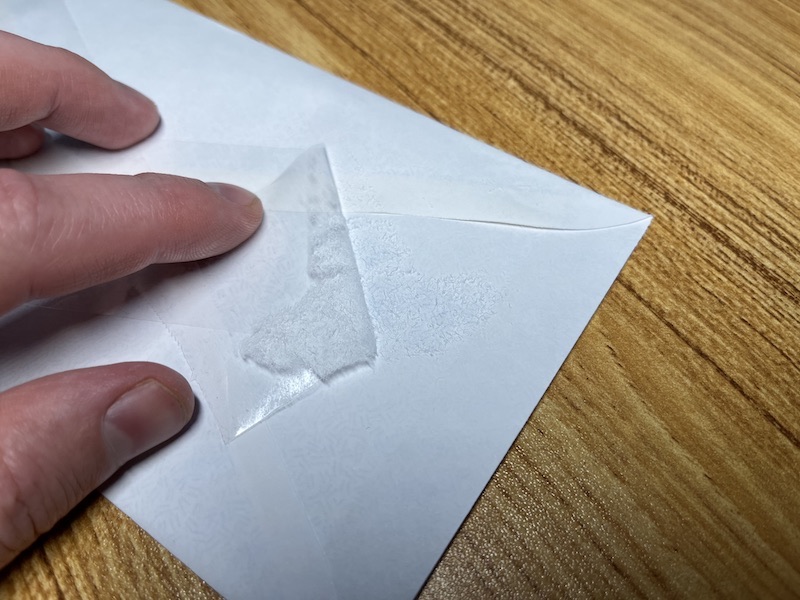
If you see this, then you know someone tried to snoop on your emergency sheet before they should have.
If you’re worried about someone doing the “heat trick” on the tape, then you can also use staples as shown below to further add a tamper seal.

Staples are not affected by the heat and only leave small holes in the emergency sheet.
One more option is to sign your envelope with a sharpie on the tape and paper. Not only do you know whose envelope it is, but to pull the tape off and match it back up and have it stick is near impossible.
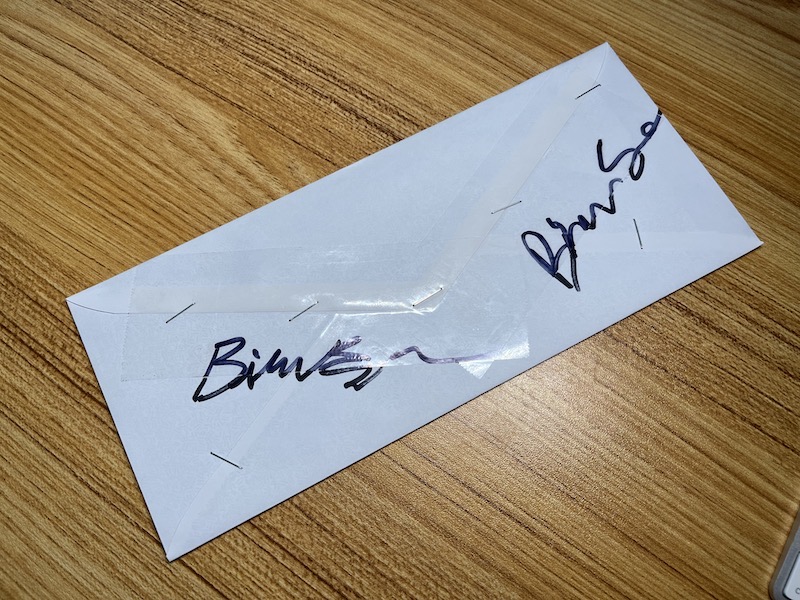
The staples and signature may be a little overkill for most, but they’re not hard to do, and it all depends on your threat level.
Tip: To help you know how current your emergency sheet is, place the date on it when you make it.
Why Do This?
I’m a firm believer that if you use a password manager, you should have an emergency sheet.
This sheet needs to be stored somewhere safe, this could be under a mattress, dresser, file cabinet or wherever you think is safe.
The problem some may run into is the “evil maid attack“. While the sheet is somewhere safe, you may have a maid, maintenance worker, friend or even your kids accidentally (or purposely) snoop on your sheet and even worse you may never know.
We need a tamper seal on our emergency sheet, but I did not want to spend a lot of money or have something overly complicated. So, I use the emergency sheet in an envelope sealed with some packing tape method.
And when the time comes that I or someone I know needs to get the sheet they can, but they’ll need to destroy the envelope to do so, which is fine, as it’s a real emergency.
Should Everyone Do This?
Everyone should have an emergency sheet, but sealing it in an envelope may not be needed for everyone.
It all depends on your threat level.
If in doubt, I would do it. It’s simple, cheap, and easy to do. It’s the knowing someone has tampered with your sheet that is the most valuable part of all of this.

A nice improvement on the “light protection” is tinfoil. 100% effective in blocking light and far more readily available than suitably opaque magazine pages in most households
That’s a really good idea! I’m going to add it to the post. Thank you!